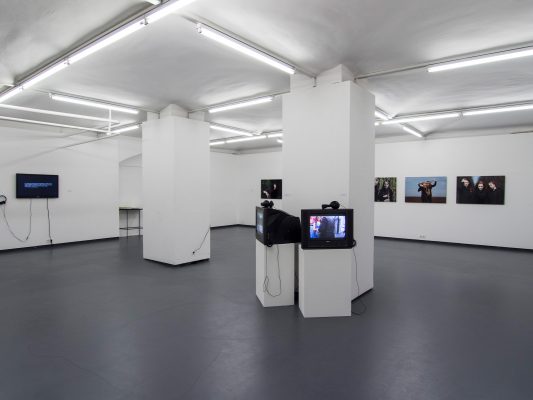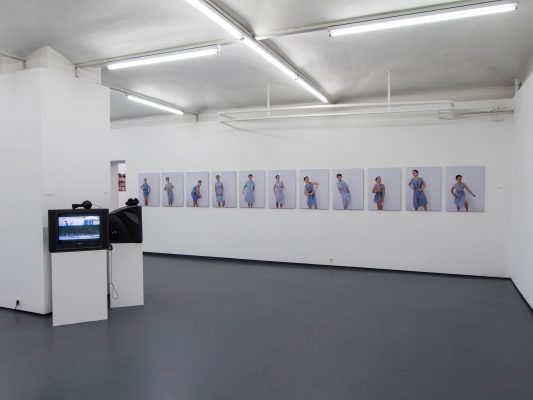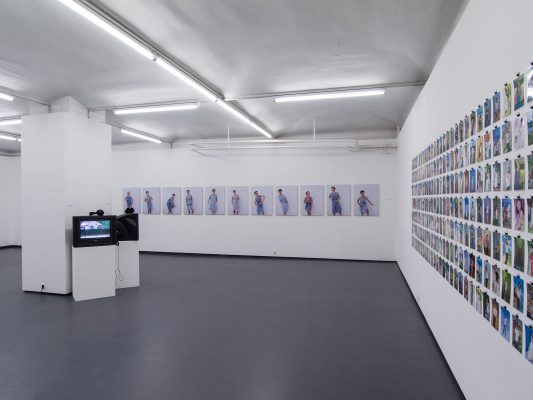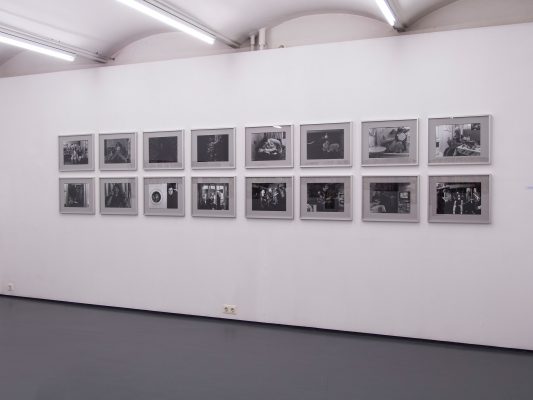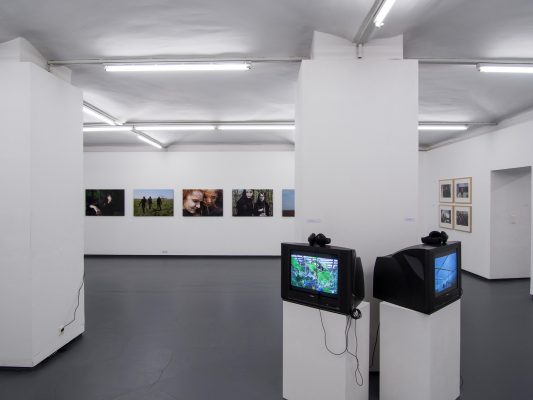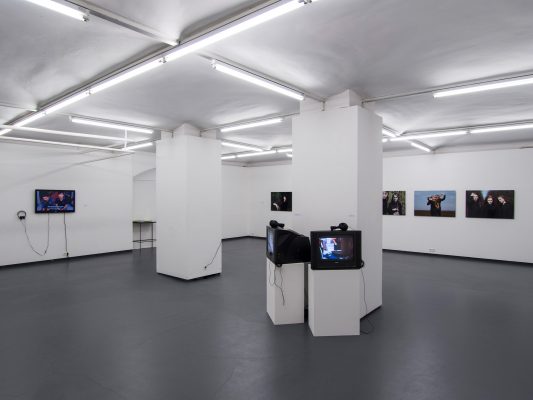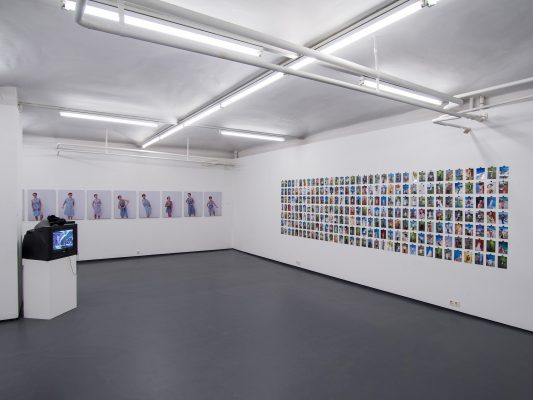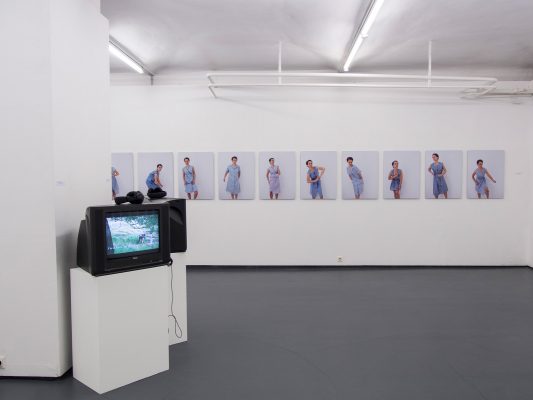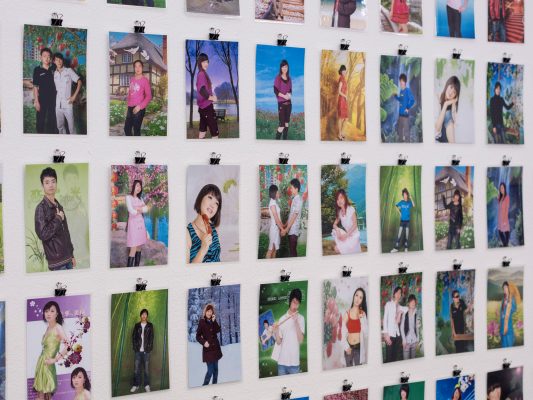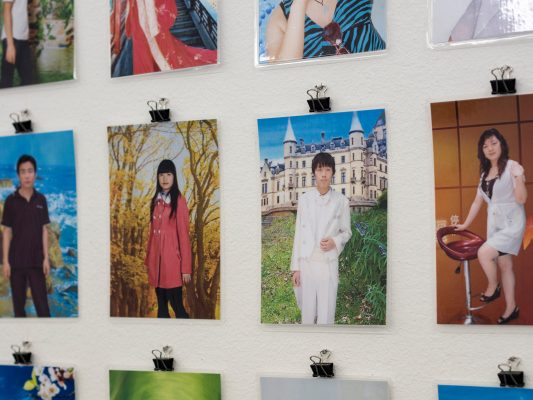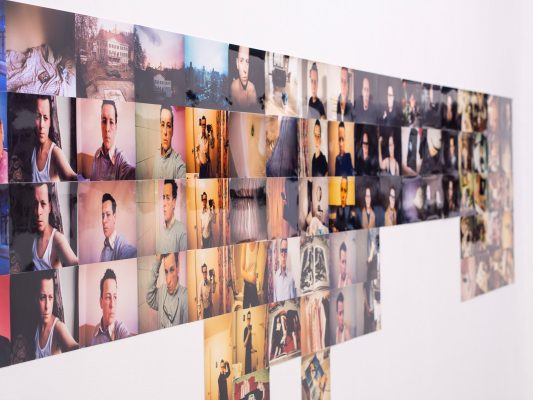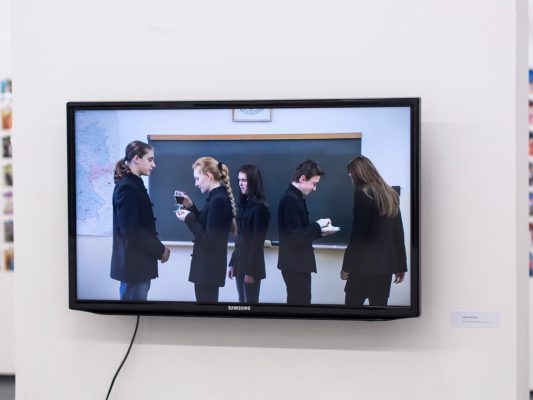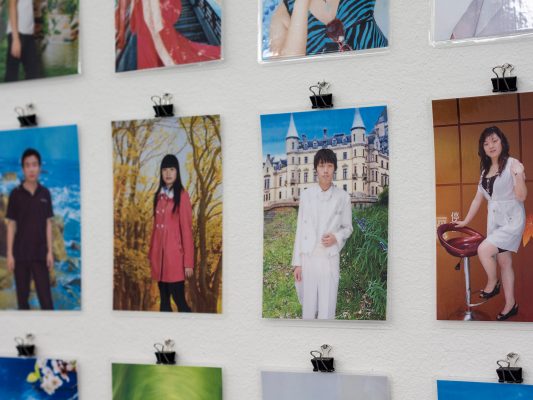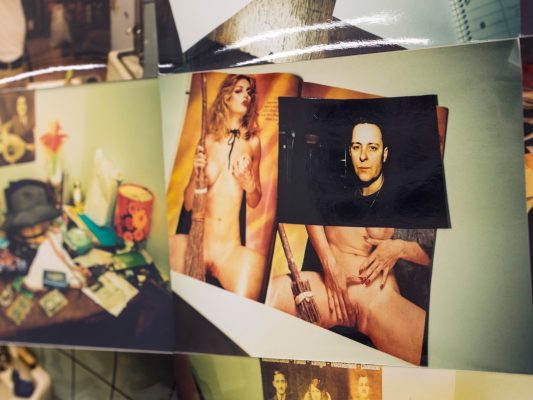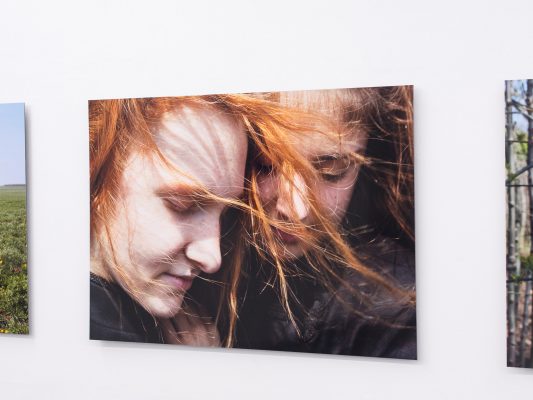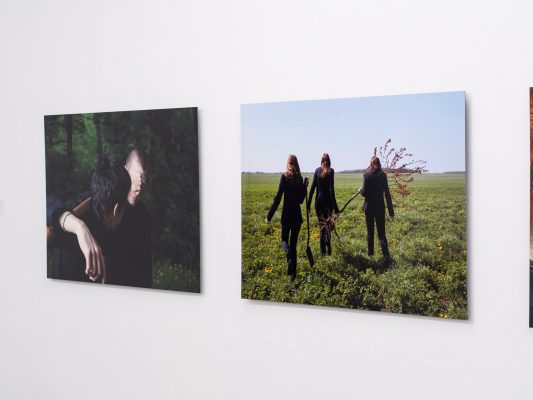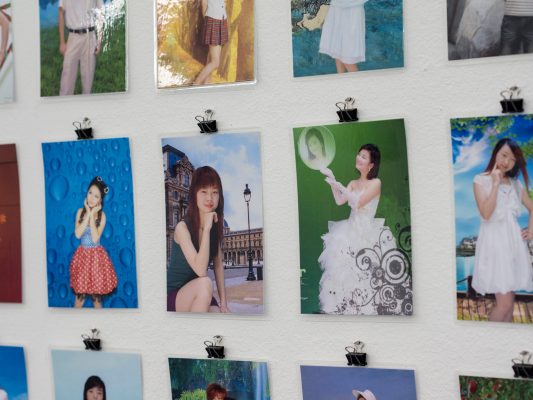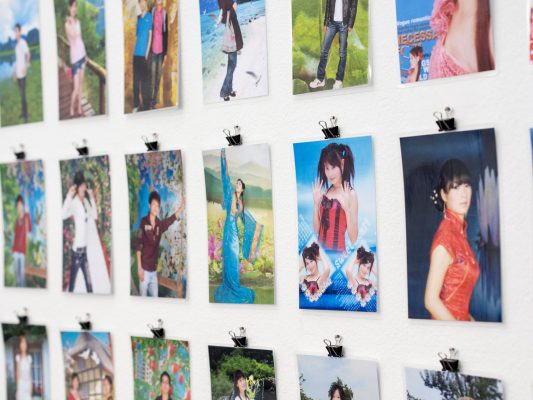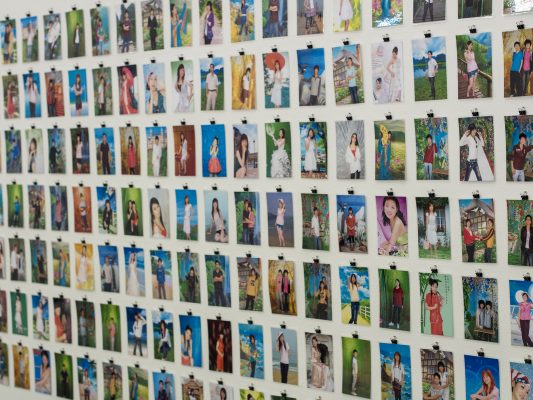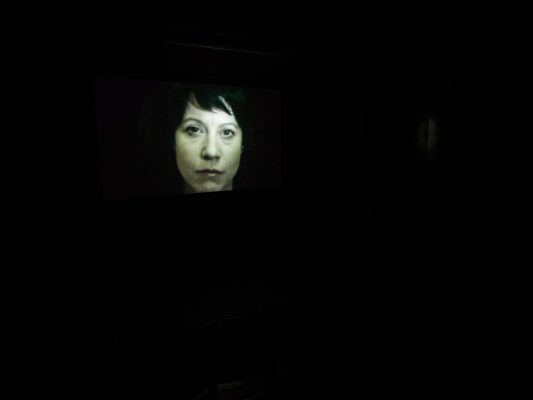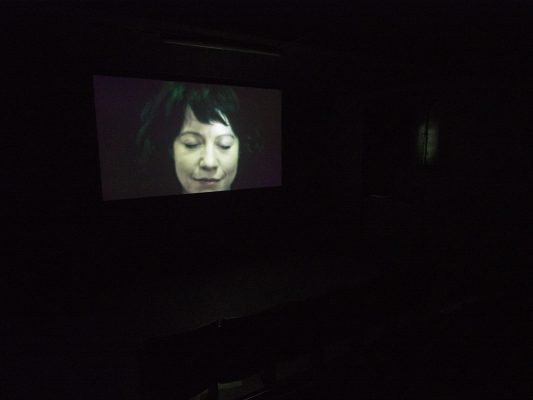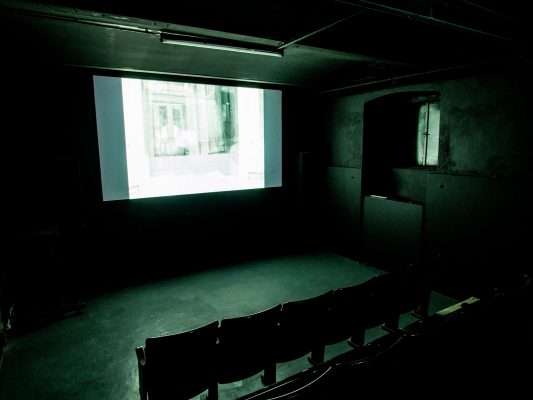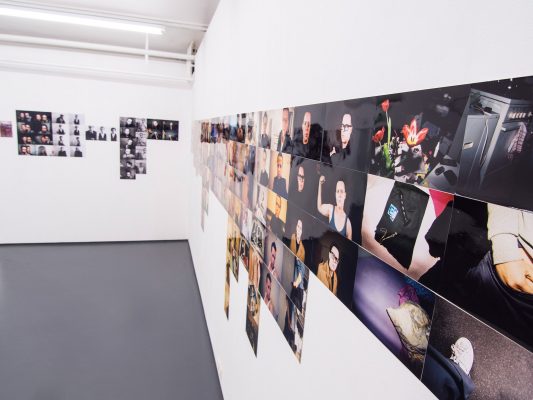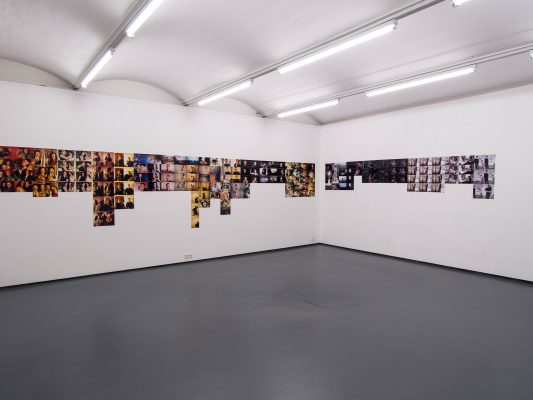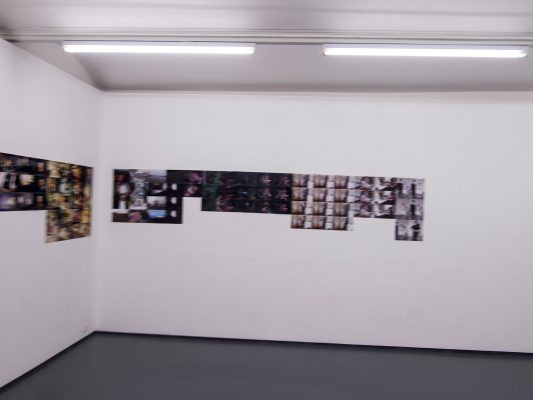Opening: Monday, 8 April at 7 p.m.
Introduction: Petra Noll
In the present exhibition photographic and filmic self-portraits and portraits serve as a basis to discuss the meaning of identity. The art works deal with staged situations, models and role games as well as with documentary positions that are often linked to each other in a complex of works. The focus here is on engaging with individuality/masses, gender roles and interpersonal relationships as well as desires, wishes and fears and the effects of social rules and conventions. The results are portraits which are frequently very intimate but also often absurd, surreal situations that open up a world beyond that of the self-evident. In addition, the portraits are always a way of engaging with visual representation per se: what does a (photographic) image show of a person’s character, what is reality and what fiction?
Tommaso Bonaventura was born in 1969 in Rome and has been living in either China or Italy since 2007. He is showing works from a multimedia project, Dreamwork China, which concerns Chinese factory workers. In order to produce the photo series, Real Woman Photoshop, which is part of that, he worked in a photo studio of the same name in Shenzhen/China. Young workers from the huge electronic factory opposite the studio oftencome to have portrait photos made of themselves either as keepsakes or to send home to their families. Bonaventura used the available settings – wall-size posters of idyllic landscapes – for his photographs of workers and mixed them with photographs by the studio owner. What is being dealt with here is the longing for idyllic settings, small escapes from the realities of daily life, the dream of a better life. These are very personal statements because here – in contrast to the mass-market operations in the factory – the individual is the centre of attention. In the accompanying video, Dreamwork China (by Facchin and Franceschini), young workers from the outskirts of Shenzhen are set in front of the scenery and tell of their wishes, hopes and struggles.
Petra Buchegger, born in 1970 in Graz and a Vienna resident, is presenting photographs and videos from a complex work group which includes staged and documentary works. These concern the sociological and symbolic meaning of the apron dress which has been closely tied up with women’s identity past and present. For the Modeling I series of photographs she posed, like a model, wearing various apron skirt creations in front of a white background. It is a situation between reality and fiction. Here, as in the video …no matter how deep the puddles, the ascribed meanings of the apron are ironically broken. Once again the artist acts as the protagonist, this time she engages in farm work in a Bulgarian village dressed in a business costume made of apron fabric and designer shoes – a setting which is commented by the text overlays about the everyday urban, business life of a fashion designer. What is shown here, value-free, are the parallel worlds of village and town and a “plea” for subsistence farming as a survival strategy. Buchegger supplements these two works with the documentary video, Marife. It tells of one day in the life of Marife, a self-sufficient apron saleswoman in Spain.
Viola Fátyol was born in 1983 in Debrecen in Hungary and lives in Budapest. Her work examines interpersonal relationships which she re-stages from personal experiences and memories. The photo series Orando et laborando – Praying and Working portrays young people from the traditional Calvanist College in Debrecen which she once attended. Guided by her subjective imaginings and memories, she staged the young people (who come from very different cultures and countries) in puzzling, surreal situations. On the one hand this visualizes how, coming from a very limited world of tradition and belief, they have to struggle to find a way to their own identity in a modern world while on the other hand these portraits tell a lot about the relationships of the young people to each other and the close community ties that seem to link them. The work is supplemented by videos that speak in a documentary visual language: Holy Communion shows how the students, in changing roles, re-enact the Holy Communion with youthful naturalness.
Claire Guerrier, born in 1969 in Strassbourg and a resident of Basel, is presenting the 12-part video work Alice ou les petites évasions (escapes from reality). In them, various episodes concerning the fictitious persona Alice, an alter ego the artist created a few years ago – always played by the same female actor – are staged and deal with such existential questions as “body”, “pain”, “power”, “knowledge” etc. Guerrier calls it “biographical fiction”. The symbolically charged stories are highlighted by emotional sound or music which increases their impact by an order of magnitude. In this very personal work Guerrier creates worlds between reality and fantasy, poetry and threat, fear and hope, longing and desire, always engaged in seeking her own identity and the motivation to live.
Viacheslav Kabanov, who was born in 1981 in Moscow and still lives there, is showing the black and white photograph series Template. It is a critical examination of the mass media that manipulate people by offering them prefabricated models of living, identities and templates. By taking on values and models into their daily lives without reflecting on them, many people have lost the ability to construct their own identity. In the series Template Kabanov stages people whose identity has been completely taken over by the prefabricated templates of mass media. This resulted in absurd, surreal, theatrical stagings of groups and individuals which prove that blindly copying pre-constructed models of living can lead to the loss of individuality and originality.
Sabine Schwaighofer was born in 1969 near Salzburg and lives in Vienna. For the exhibition at Fotogalerie Wien she will weave a number of biographical and documentary as well as staged photo series she made over the last fifteen years into a picture installation (“documentary staging”). The main concerns of her work are the self-portrait, examining the self, social and cultural identity as well as gender specific issues. She looks for and finds images in landscapes, still lives, objects and interiors which touch her and engage her interest. She often photographs herself and others in intimate situations (e.g. in the car, 2012). The clearly named self-portrait series (e.g. self-portrait, n.y.c., 2001-2002) not only depict the physical body but are also pictures of selected objects and situations. These “expanded self-portraits” tell us much about the protagonist’s dreams, wishes and questions.
Petra Noll
